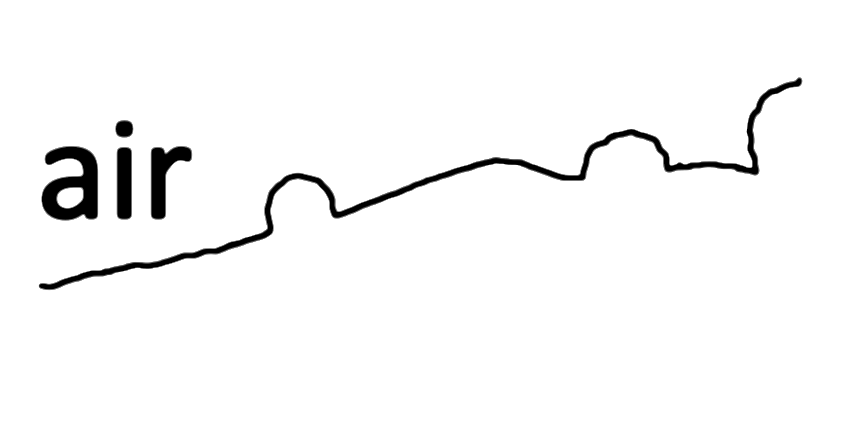Orℛℇry
This page is animated and interactive. For the best experience, please
use a desktop.
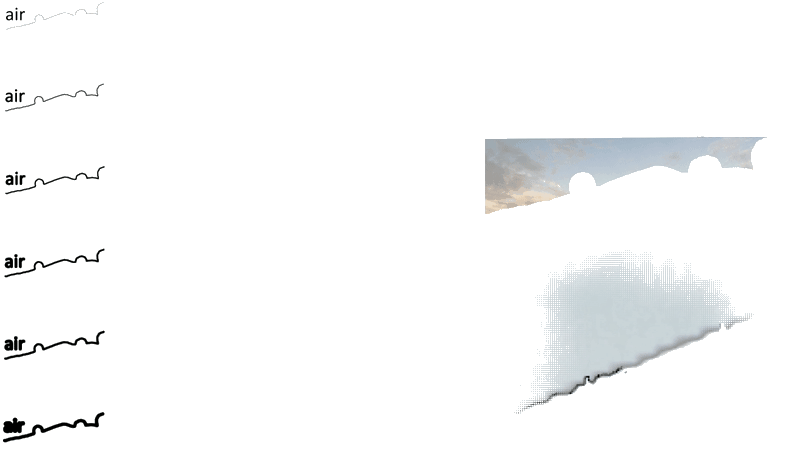
First, a
quiver our
configuration
repeating
ai̶̙̙͓̍̓̑̋̆ṡ̵̢̫͕̦̗̻̪̪̽̓͌͜ ̸͈̼͇̞͉̠̭̞̮͚̣͐̃̐́̈̽ %A ~ȃ̸̪î̶͜r̵̘̈́]}Aaai̶̙̙͓̍̓̑̋̆ṡ̵̢̫͕̦̗̻̪̪̽̓͌͜ ̸͈̼͇̞͉̠̭̞̮͚̣͐̃̐́̈̽ä̵̛̘͓̘̼́͒̏̓̈̽̽̋̊́́̊̕͜͝
ALinðes~ in• ḯ̸̧̙̰̖̆̅ṙ̶͇͆̓̇̓̏̂̍̇̒̿̑͋̾͝ ̶̣͎͓̝̫̮̦͖̟̾̈́̑͋͌̾͗̈́̋͘͠͠ Air°r¤.. /(
A neat row of shapes—conglomerate
Accidental properties suspire
their shift
Abstract
gestures, themselves cut into lines
Now, what bends in the wind,
And what doesn’t?
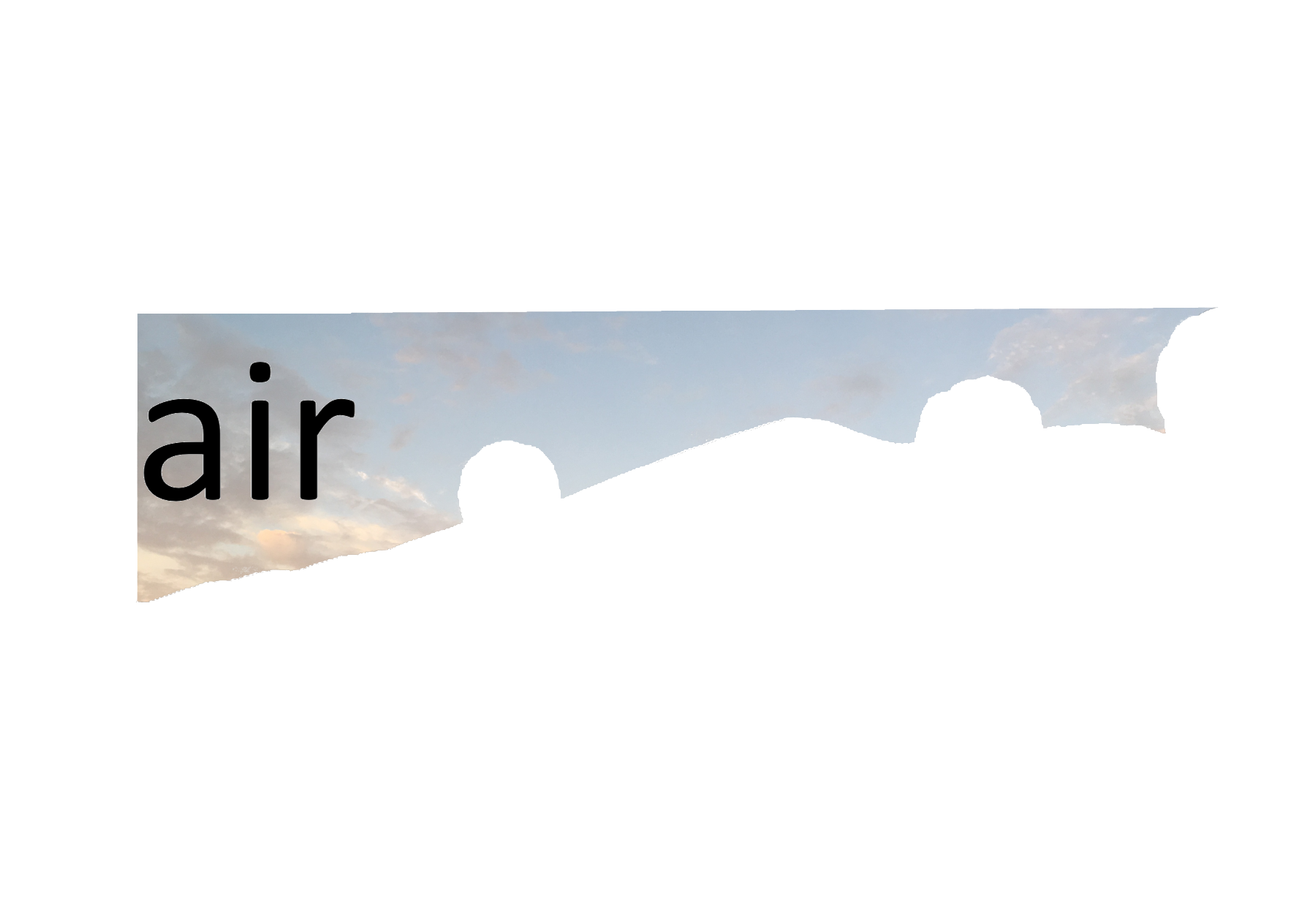
Studies suggest that all glyphs and letters—across time and
cultures—might have universally sprouted from shapes in nature that were slowly
absorbed into our social meaning-making. Humans are particularly gifted
at recognising visual patterns, so it perhaps is not a stretch that we
have, over time, adapted those same patterns and visual signs into our
writing systems.
This hypothesis has been applied equally to proto-lettering systems,
Chinese characters and non-linguistic symbols (like written music), accommodating language and cultural differences.
In one study, researchers fed images of savannah plains,
computer-generated buildings, and infants’ scribbles into a machine to
determine specific “conglomerations of contours” that might tap into “our already
existing object recognition mechanisms”°. The aim of this research is not to reveal that we can (or
did) draw out language directly from nature, but that there are
fundamental shapes and topologies that humans have seen so often, they have made their way into our systems of communication.
Like tracing your fingers in air over the contours of the
horizon, following the sway of branches in the wind, the gentle play of
dappled light on the ground. Is this tracing shared between us all, can
it be communicated to another?

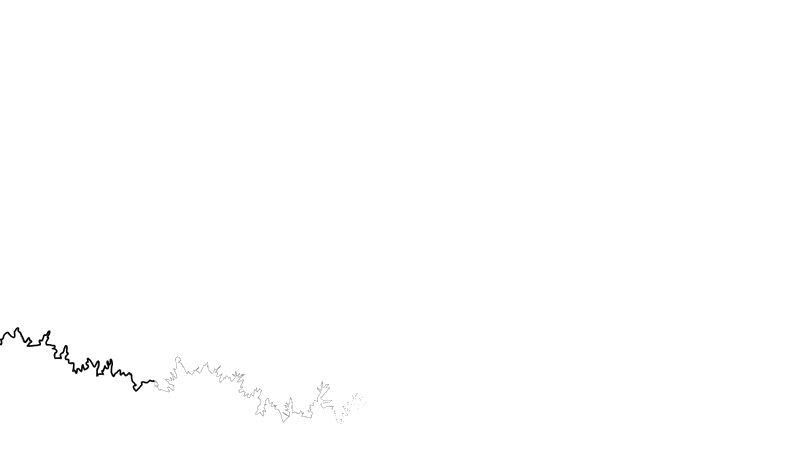
Here,
the line over-layered on the Z axis
a new language
describing
into existence its own
superposition
Each line
plucked from the edge of the earth,
malleable
between us,
variable
collectible
Writing systems have their own particular criteria that separate them from
other collections of symbols used for maths, maps and art. There must be
purpose and meaning imbued within the marks made, and those marks must
be made on some kind of surface—be that physical or digital.
We move our tracing fingers away from the horizon and down
onto a new surface, leaving new marks for others. We gouge, carve,
chisel, cast. We paint, scribe, stamp, scribble. We standardise, we
print, we set, we type.
Now, a computer can be trained to
look back to the horizon. Replete with imprecise
inferences and mega-collections of written text, a computer traces the
horizon and sees things we never did. It approximates with confidence,
etching out its own poetry from the single line between built environment
and sky.
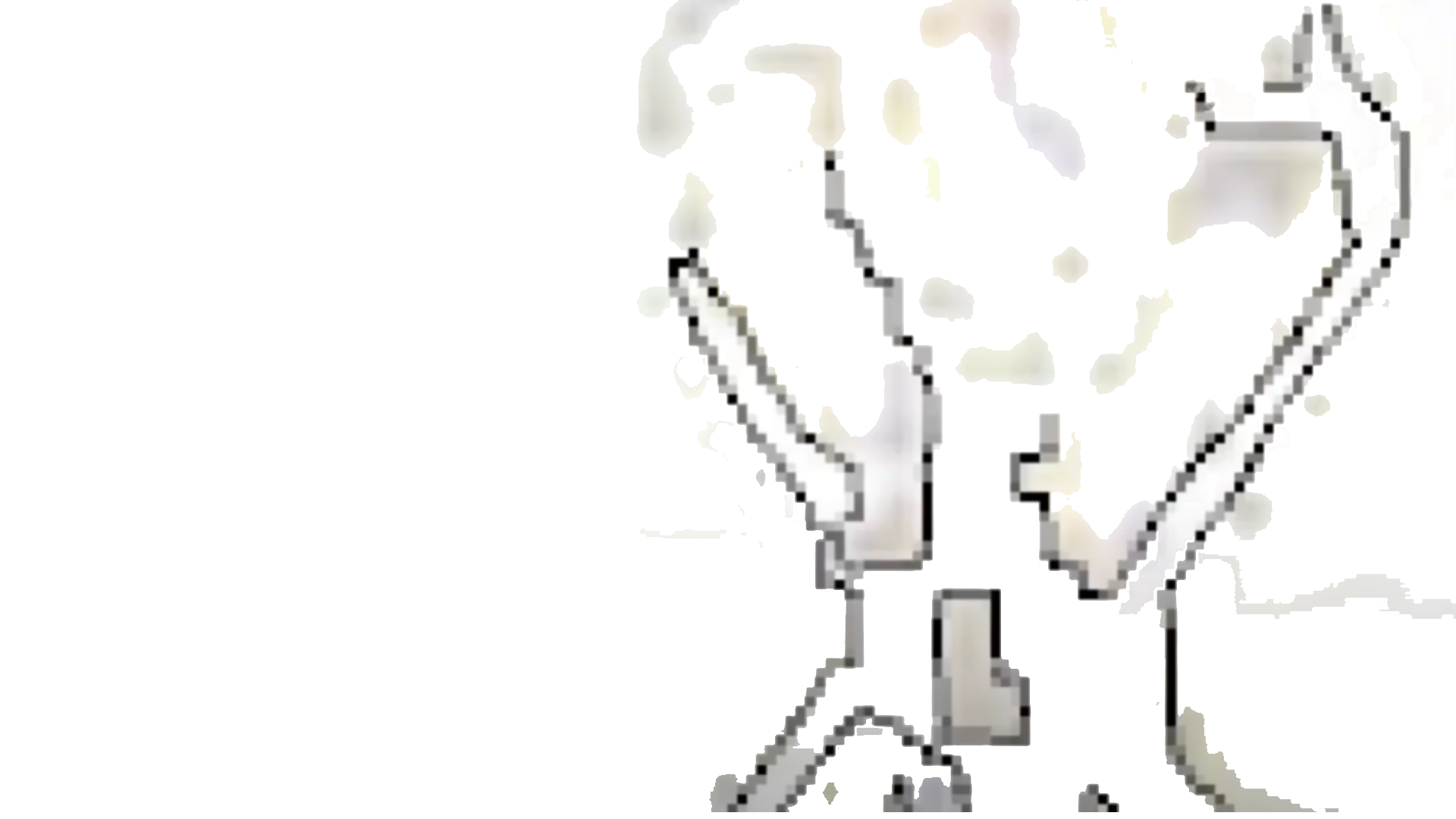
Read outside and
between language
A code is: system
The application of the wind—
sympoiesis in conversation
Tracing outwards, what is
spoken
written
given life
meaning
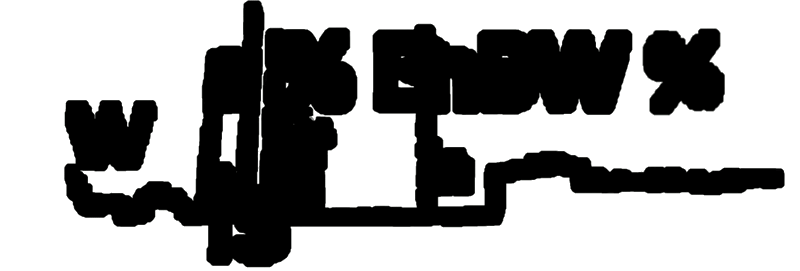
The human eye can easily discern moving layers of light, picking apart
semi-transparent shapes and shadows as they play across a surface. We
can look down the street and understand a vanishing point, we know a chiffon curtain will only partially obscure the view, we see the
setting sun and we anticipate the light fading.
Computational 'vision' is more granular, but not unlike our own system
of recognising and committing patterns to memory. A neural network examines pixels, then traces the contours and edges of shapes to determine
what they might be looking at. They’ll generally compare the image and
their guess to pre-existing defined examples, which helps them get better at
seeing and interpreting.
Asking a computer to read the horizon; telling the system there’s
writing to be found, if only it can look hard enough, produces honest
and naïve poetry. The cumulation of millennia of mark marking and
communication, distilled into networks drawing out familiar shapes and
patterns based on what we’ve taught them (and what they’ve taught
themselves).
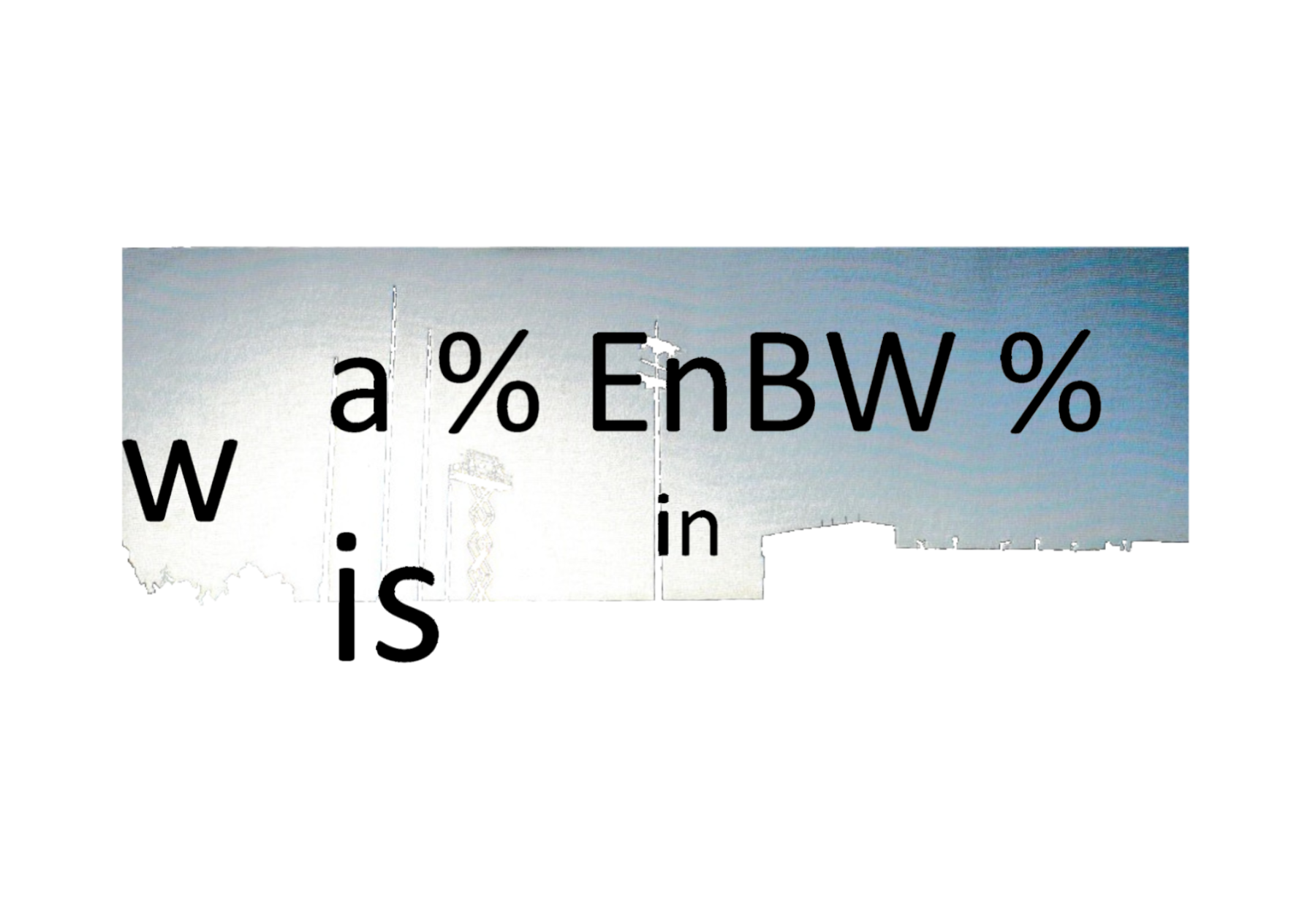

Is a skip a nimbler way of speaking?
A repeating
trudge in a confined space, lap 24
What can be
imagined as non-oppressive at this point?
A
routine is a machine that sees
A profit model is a machine that sees
Language
is a machine that sees

Instead of catching sight of patterns, of grasping at texts and missives,
feel out the distortions in space around each line. An etch
that cedes to erosion, a slow anti-sediment obliterating negative space.
To layer marks is foundational, the leap from seeing to recording to representing.
And repetition opens a path for us to tread, like walking new
words into the floor, or tracing the horizon, movement through space is an indelible system of writing.
The same message written a hundred different ways will always be read as
poetry.
This accretion of marks becomes the model itself, and the negative
space untouched becomes the place the wind can move through. In these
non-spaces there is room for movement, for shifting perspectives and
meanings, and for recognising language as an evolving fluid force.
We traverse the landscape of language in the breaths of words made from
the horizon.

The tip of the branch is a
declarative antenna
The rounded jut is a performative outcrop
The
untroubled gust is a semantic shift
Now, what bends in the wind,
And
what doesn’t?




























